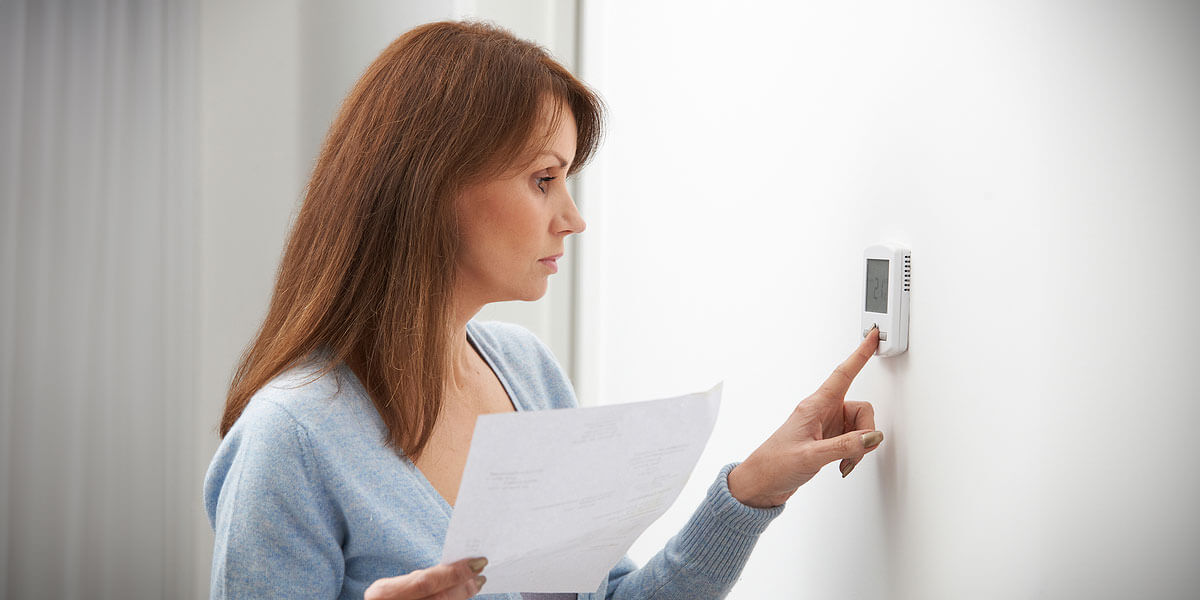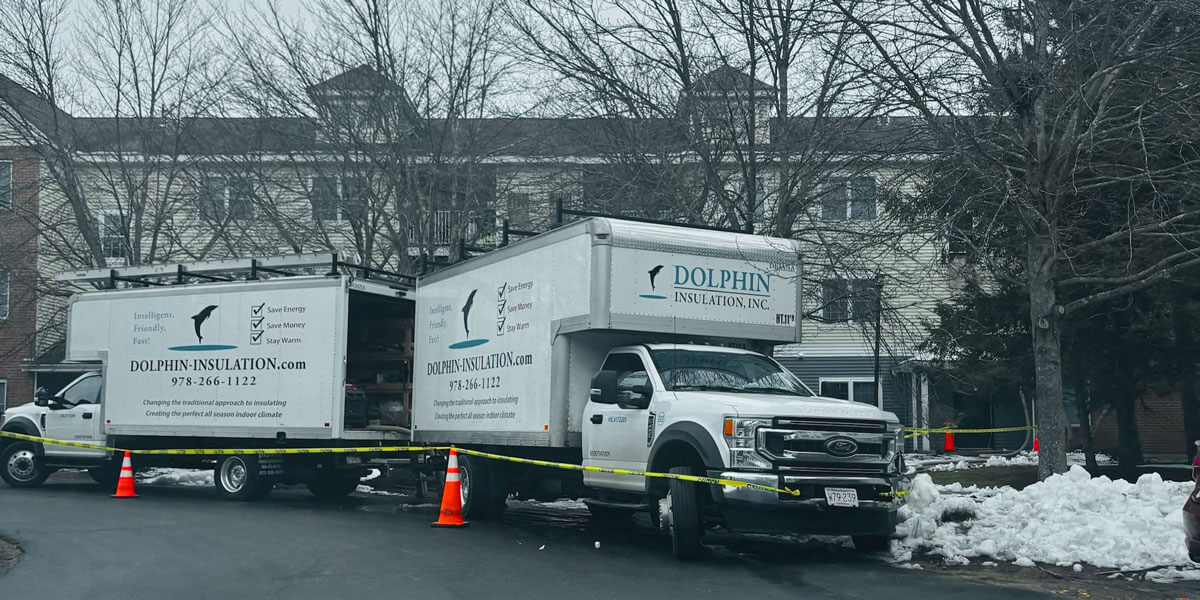“Insulate your home.”
This phrase can be overwhelming. You know the general idea: insulate to stop heat from flowing in and out of your home. The goal is simple, but how exactly do you go about the insulating process? Will you have to tear up your walls to prepare for the insulation? Do not let the unknowns intimidate you—professional installation of insulation is an easy process when it is done right.
It is commonly believed that if a homeowner insulates one part of their home, their energy bill will suddenly decrease. The truth is, homeowners who believe that they only need to insulate a small part of their home will not be satisfied with the results. While the bill will shrink a little, the savings do not reach their full potential.
Think of your home as an envelope. If you only seal the first inch of the envelope, the opening is smaller but there is still a lot left to seal. To most effectively seal your home, all areas that require insulation must be accounted for. From your basement to your attic and all of the walls in between, your home works as a unit that requires effective insulation in all of its parts.
Let’s start from the top: your attic. In an unfinished attic, Dolphin Insulation installs loose-fill cellulose insulation into the unfinished area. The insulation fills your attic to seal it off from the living space below. In a finished attic, the insulation is installed around the border of your attic. It is blown between the studs of the “knee” walls (a “knee” wall is a short wall built to support the rafters of your roof), between the studs of exterior walls and the roof, and between joist spaces (the spaces between floor joists or wall framework).
When sealing walls, we focus on insulating exterior walls that connect your home to the outdoors. The most effective insulation is installed in walls that connect living spaces to an unheated garage, foundation walls that are visible above ground level, and both interior and exterior basement walls. As you can see, simply insulating one group of walls only skims the surface of energy saving.
Finally, another major area that requires insulation is your floor. Effective insulation focuses on floors above unheated areas such as crawl spaces and above your garage. Also, insulation is necessary under floors that connect to the ground and floors that extend out beyond the level below.
Each of these key insulation locations has a specific R-value required for effective insulation. An R-value measures thermal resistance, or how much unwanted heat flow the insulation stops. Some areas require a higher R-value, which means that it needs more insulation. The R-value also depends on the kind of heating your have in your home, such as natural gas, oil, or electric heating systems. Use a simple calculator to find out the needed R-values for each location in your home.
When you look into insulating your home, you’ll find out that your job is not a difficult one. All of the research is done for you; you just need to call the professionals. Contact Dolphin today to get started on this process. Once you take the first step to call, you will no longer be on your own for insulating your home.















